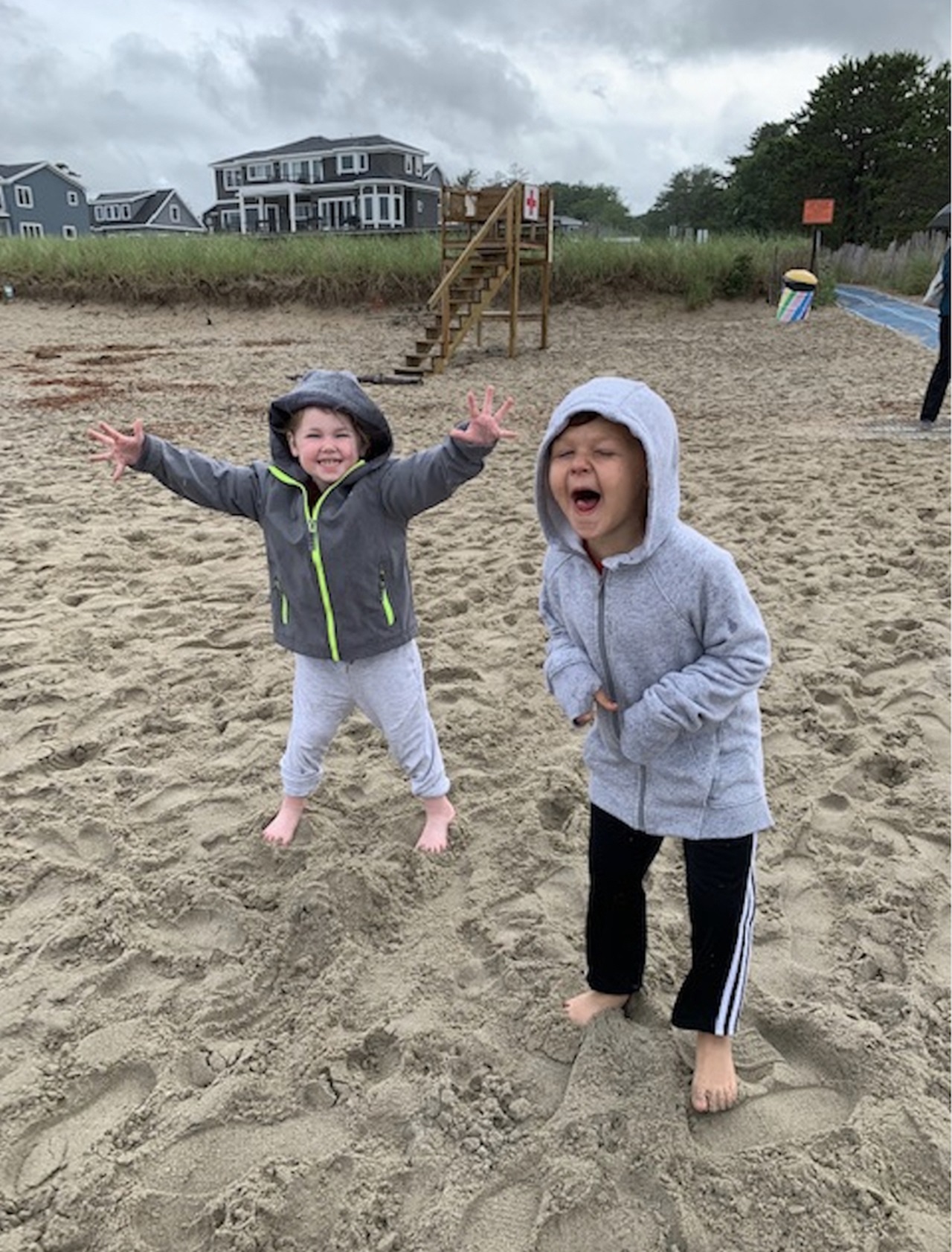What the ADA needed at the time
Dr. Kathleen T. O’Loughlin looks back on trailblazing career, time as Association executive director
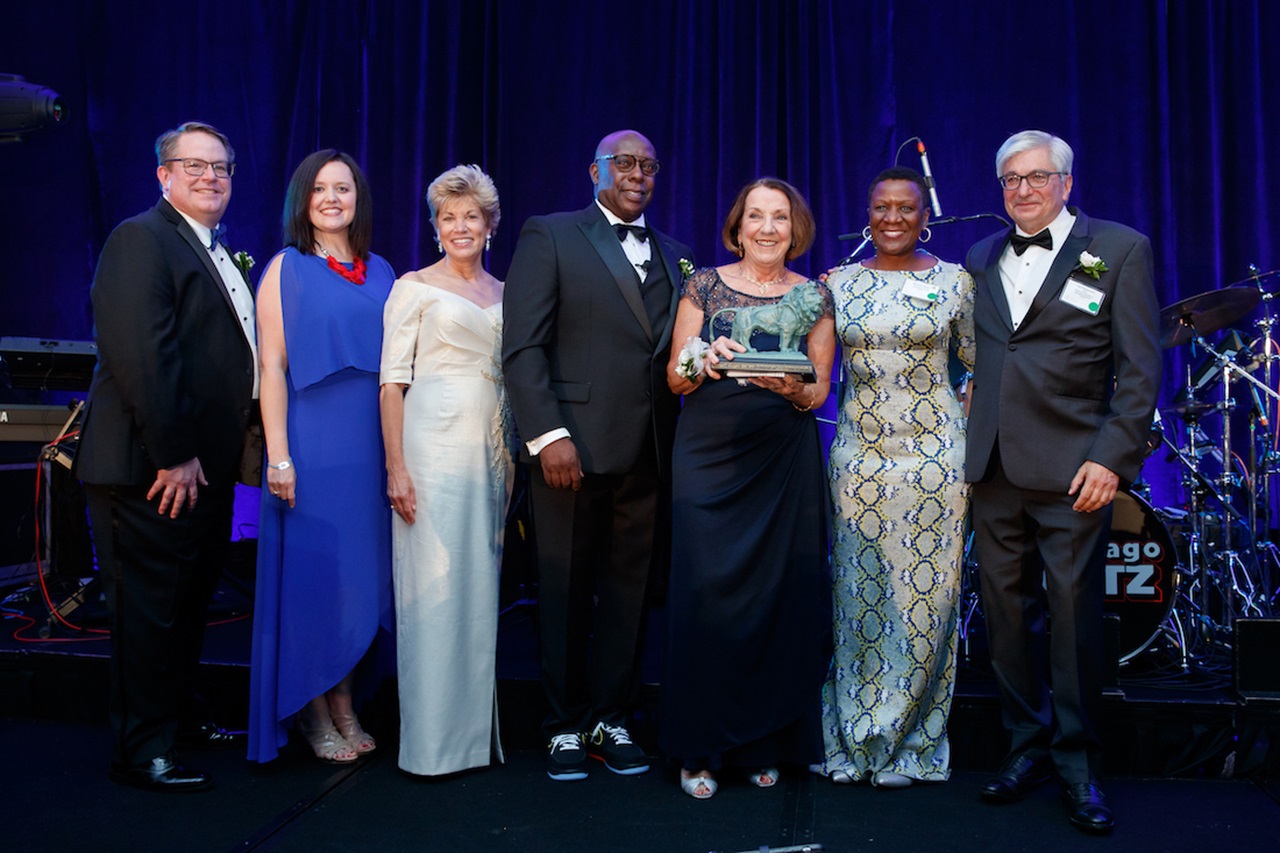
When Kathleen T. O’Loughlin, D.M.D., arrived on her first day at the ADA as the Association’s newly hired executive director in 2009, she was celebrating her birthday.
Cake was served at the auditorium, but as she looked out at the audience, she noticed they all seemed uncomfortable in their business suits and dresses.
“It was like ‘Mad Men,’” Dr. O’Loughlin said with a smile. “I felt like I had just stepped back in time.”
So one of her first actions was to address the dress code.
“I said, ‘All right, my first decision is that we’ll all be in business casual,’” she said. “That got a standing ovation."
It would be one of her easiest decisions, Dr. O’Loughlin said. In her 12 years as the organization’s first female executive director, there would be many more difficult ones as the Association faced old and new challenges.
From governance and employee engagement to public opinion and finances, there was a lot to address. Employee and volunteer morale needed a boost. Debates were often heated on topics such as dental benefits and dental therapy. There was a recession. And the profession was still reeling from the 2007 death of Deamonte Driver, a 12-year-old Maryland boy who succumbed to a severe brain infection after his dental problems went untreated.
“The ADA was in the midst of some very troubled times prior to Dr. O’Loughlin’s hire,” said ADA Practice Institute Senior Vice President David M. Preble, D.D.S., J.D., who joined the ADA in 2006. “Her leadership was exactly what the ADA needed at the time she was hired. We needed a team leader that had a high level of business acumen but was able to bring about the positive change without ruffling too many feathers.”
While challenges remain, especially during the COVID-19 pandemic, Dr. O’Loughlin said she’s confident she’s leaving the Association in better shape than when she first arrived: councils and commissions are running more smoothly; finances are stable; and workplace engagement is at an all-time high.
In 2020, Dr. O’Loughlin announced she would be retiring at the end of 2021. In May, the ADA named Raymond A. Cohlmia, D.D.S., dean of the University of Oklahoma College of Dentistry and former ADA Board of Trustees member, to take over the role Nov. 15.
“I think knowing when to go is just as important as knowing when to join,” Dr. O’Loughlin said. “I don’t think I’m the right person to take the Association to the next 10 years because you run out of ideas, to be honest with you. It’s been a good run.”
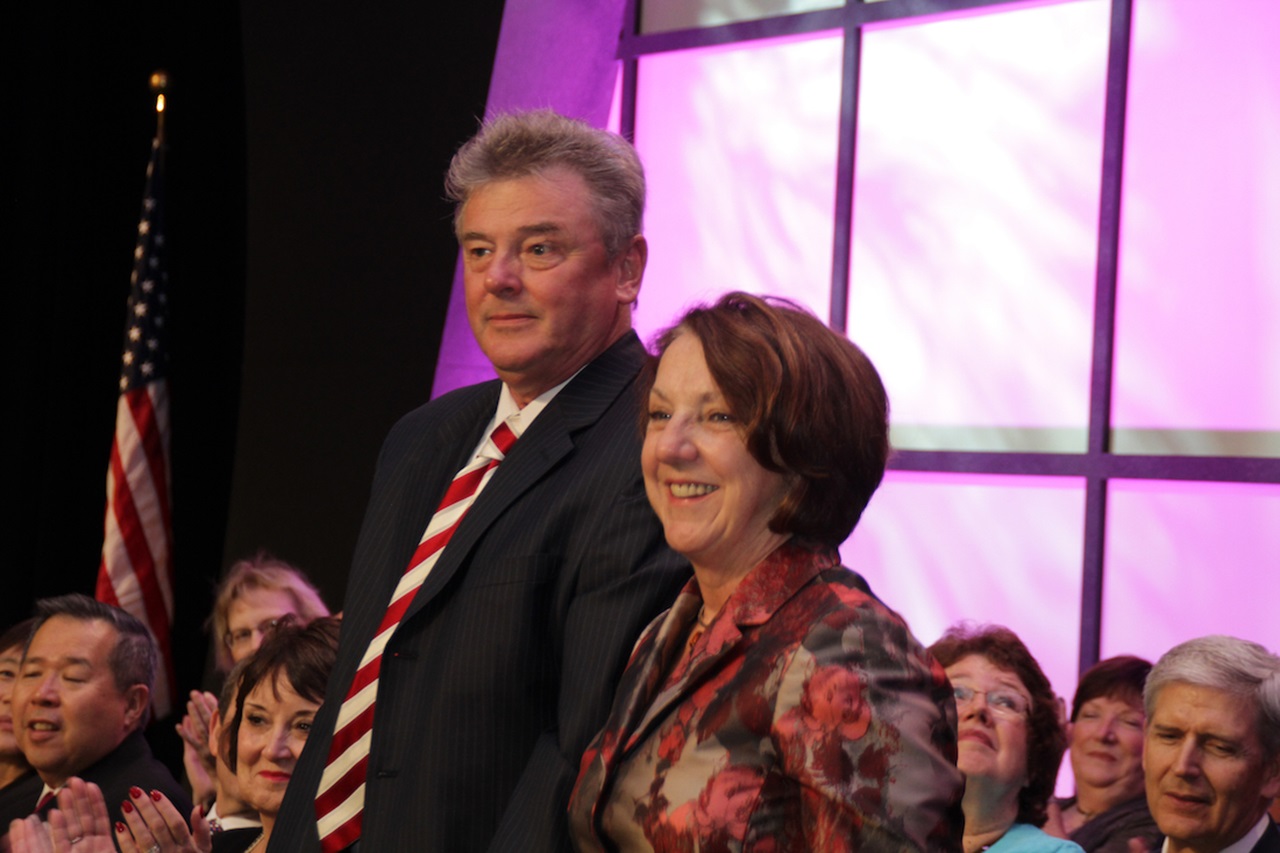
Born in the suburb of Medford, Massachusetts — just north of Boston — Dr. O’Loughlin’s pathway to dentistry wasn’t a straight line.
If you look out at Tufts University School of Dental Medicine’s dental students in 1981, you’d see about 165 men and fewer than 20 women, including Dr. O’Loughlin.
“You were considered an oddity,” she said. “Women in the ‘60s and ‘70s didn’t have a lot of choices. You can be a teacher, a secretary or a nurse. That was how I grew up.”
Of those three choices, Dr. O’Loughlin pursued nursing.
“I really enjoyed being a nurse,” she said. “But it was really hard work.”
Dr. O’Loughlin worked at Massachusetts General Hospital, often taking the night shift from 11 p.m. to 7 a.m.
“And my husband would work 7 a.m. to 3 p.m., like a lot of contractors do,” said Dr. O’Loughlin, who married Stephen O’Loughlin the year after graduating college. “It was an odd way to live. So I started thinking about going to either medical or dental school.”
Dr. O’Loughlin sought advice from the then-rare female mentor, one of whom connected her to a sister who was a dentist.
“I told my husband that I thought dental school might be a good fit,” she said. “He was very supportive.”
When she informed her father, John Treanor, D.M.D., the reception was a little different.
“He was like, ‘Why don’t you just marry a dentist?’” Dr. O’Loughlin said, laughing. “I told him, ‘I’ve been married for five years. You were there!’ and he goes, ‘Oh yeah, that’s right.’”
Dr. O’Loughlin was accepted to all three dental schools in the Boston area, ultimately choosing Tufts, where her father had also received his dental degree.
“It ended up being a great choice,” she said. “I love that school.”
About seven years older than her classmates, Dr. O’Loughlin was a diligent student.
“I treated it like a job,” she said. “I studied hard, always did my homework and took very good class notes.”
She would sell those notes for $2 a piece, making about $300 a week, she said. “That was more than I made as a nurse. It paid my rent and paid some of my tuition.”
After the freshman class president resigned, Dr. O’Loughlin heard her name being nominated and readily took on the role.

“I became the class mom,” she said. “Anytime someone was in trouble or when the dean was mad or when the faculty was upset, they would come to me.”
At Tufts, Dr. O’Loughlin also became involved with the American Student Dental Association, attending her first ADA annual meeting in Los Angeles.
“That was my first exposure to organized dentistry,” she said.
Finding a job
When someone graduates as the No. 1 student in a class, that person usually gets a lot of job offers.
“I got none,” said Dr. O’Loughlin, who was the Class of 1981 valedictorian.
Dr. O’Loughlin had just had her first child; the Boston Globe ran a feel-good story of the class president/class valedictorian having a baby during graduation.
“It was one of those warm and fuzzy stories,” she said. “But I think it also scared a lot of people and nobody offered me a job.”
Dr. O’Loughlin ultimately took a position at an early version of a dental service organization, OmniDentix. After about a year, she became part of the dental team at a public health hospital where she stayed for six years.
It was around this time when she learned that her father’s former patients began asking her mother a question: When will your daughter have her own practice? Dr. O’Loughlin’s father had unexpectedly died during her junior year in dental school.
“My mother sold the practice to someone who was not a good match,” said Dr. O’Loughlin. “So my mother kept calling me every week, and I finally relented. I said, ‘OK, I’ll rent an operatory two nights a week from this friend of my dad’s.’”
Soon, her father’s former patients started going to her until she was ready to open her own practice.
But there was another problem.
“Nobody would lend me money unless my husband signed for it,” she said. “But I was not going to put him at risk in case I failed.”
Instead, they cashed in her husband’s life insurance to get the capital needed to open a practice and buy necessary equipment.
“So seven years after I get out of dental school, I was in practice,” she said. “About 15 years later, I was busy enough to bring an associate, then a partner, and then two partners.”
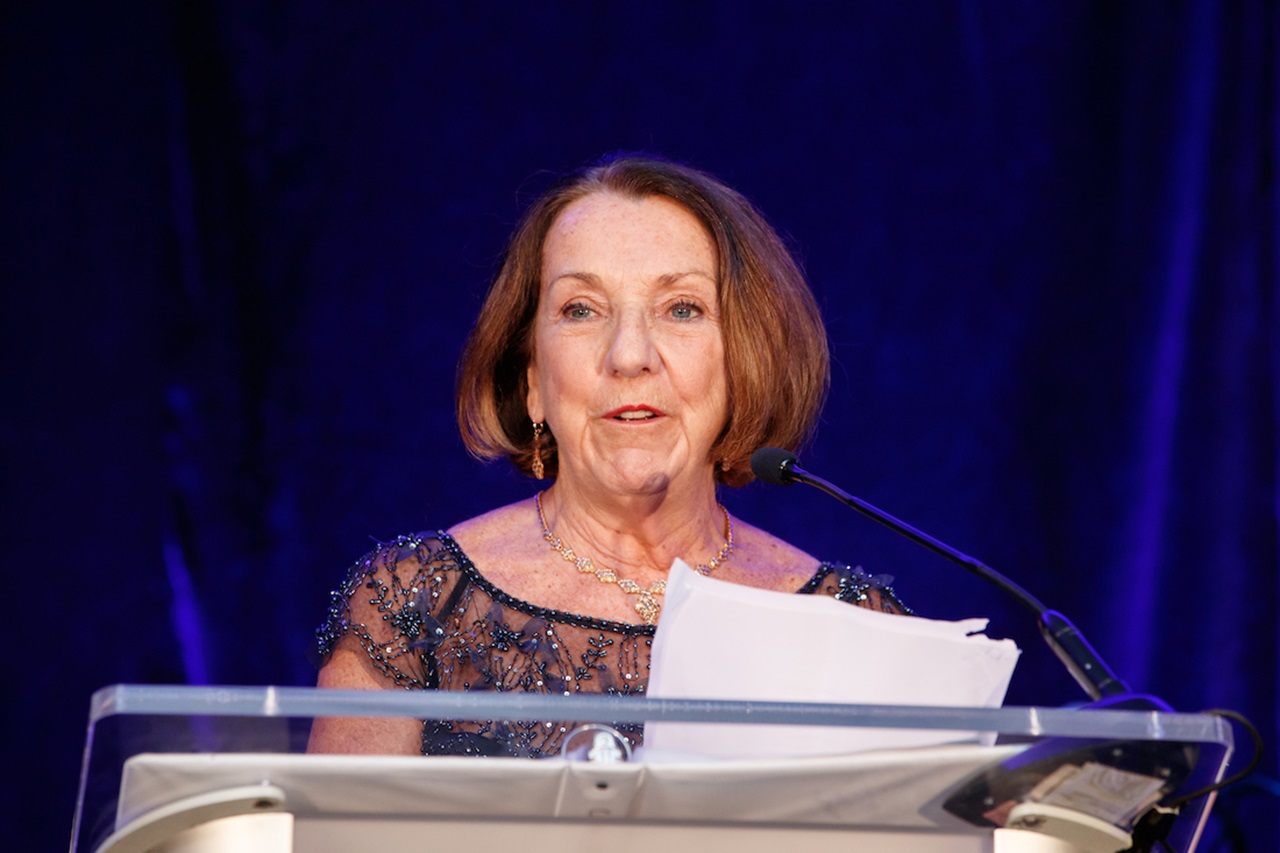
The first
After about 20 years in private practice, Dr. O’Loughlin said she needed a new challenge.
“I got a little bored because it was getting really easy,” she said. “I loved the autonomy. I loved the people I worked with. We became a great team. But I was on autopilot.”
So in 1996, Dr. O’Loughlin enrolled at Harvard University. She earned her master of public health degree in health care administration and management in 1998.
In 2001, Delta Dental of Massachusetts offered her a job as CEO. In 2008, United Health Group recruited her to serve as chief dental officer.
But within a year at United, it was clear that the job wasn’t a good fit.
“It was an interesting job, but I was not happy,” she said.
Dr. O’Loughlin’s husband was reading the ADA News one day in 2008 when he learned the Association was looking for a new executive director.
“He said, ‘I’m reading this description, and you can do all this stuff. You should apply,’” Dr. O’Loughlin said. “And I thought, well, sure, why not?”
Despite her experience, Dr. O’Loughlin said it still came as a shock when then-ADA President John S. Findley, D.D.S., called to offer her the job.
“I was in an airport heading to another United client,” Dr. O’Loughlin said. “To be honest, I just thought they’d never want to hire a woman, an insurance executive and a public health person. I was sort of the antithesis of what came before. I was floored.”
In the ADA’s 163-year history, there have only been four women elected president — two of whom were elected during Dr. O’Loughlin’s tenure — and zero women hired as executive director.
“And then I got to the ADA, and I found out it was a disruptive time for the Association,” Dr. O’Loughlin said.
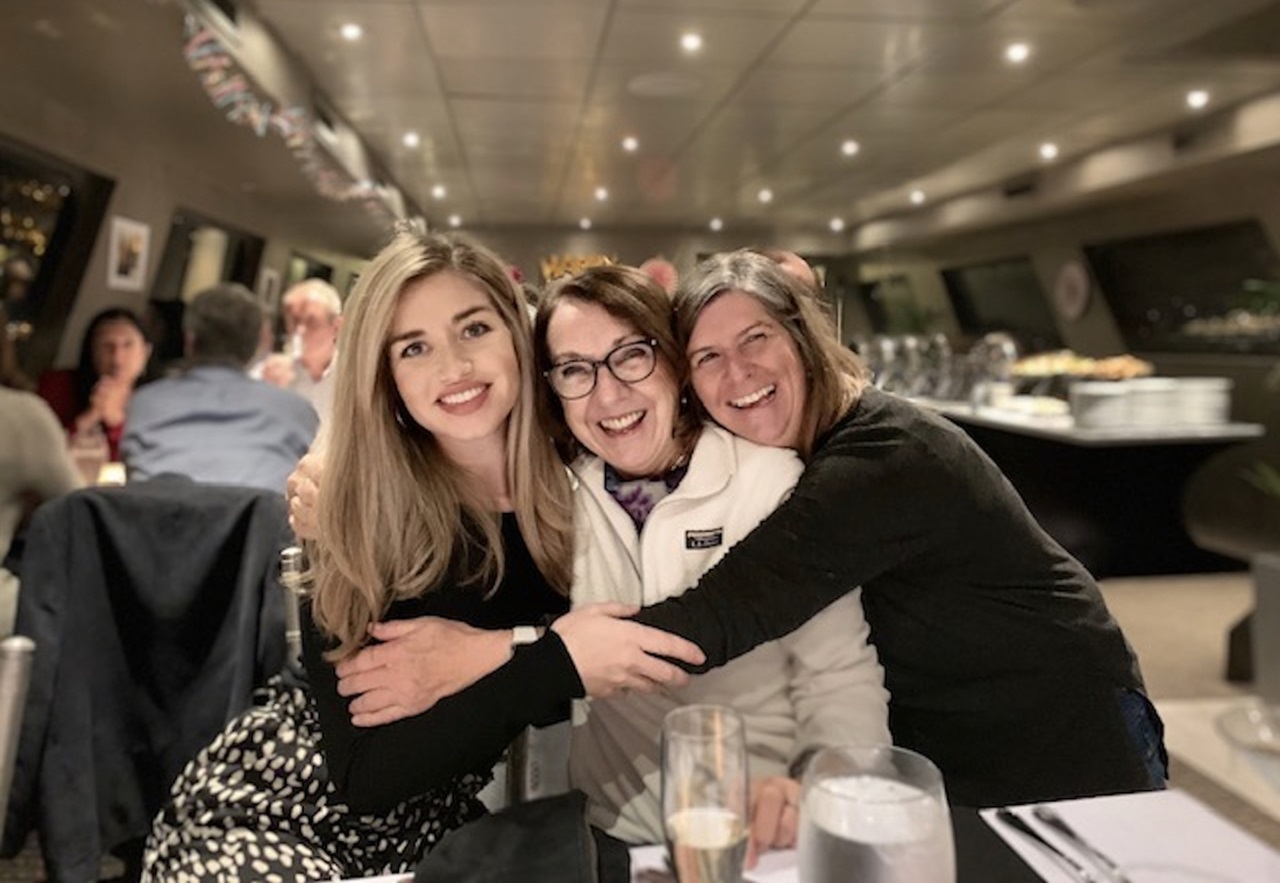
Getting things done
Dr. O’Loughlin’s first few years at the ADA were largely dedicated to strengthening the finances of the Association, ensuring all audits came out spotless; cultivating the relationship between the Board of Trustees and the House of Delegates; improving the communication between state dental associations; and increasing workplace engagement.
Dr. Preble said that when dealing with volunteer leadership, Dr. O’Loughlin was able to put before them choices about what was the best for the ADA and helping cut through some of the unnecessary politics.
“Kathy has brought a real business mindset to the important work of the ADA,” he said.
ADA President Daniel J. Klemmedson, D.D.S., M.D., added that working with Dr. O’Loughlin this past year helped solidify opinions he had on her when he served on a strategic planning committee in the first year of her tenure.
“She leads with knowledge, focused dedication to outcomes, volunteer and staff engagement and persistence,” he said. “Those attributes have established a culture of success at the ADA.”
One of the things Dr. O’Loughlin said she’s most proud of is making people enjoy coming in to work every day. In 2019, the ADA was named a top workplace by the Chicago Tribune based on employee surveys. The ADA employees, she said, have simply been her favorite part of the job.
“I’m not making that up,” she said. “The employees here are funny, smart and passionate. They produce such great work that is not always recognized and valued by the volunteers. But I see it.”
Under Dr. O’Loughlin, the ADA revamped its employee advisory committee.
“They used to have meetings where no one would say a word,” she said. “Now, we basically meet once a month and they tell me how to run the place.”
Suggested by Megan Anshutz, who worked at the ADA from 2005 to 2011, Dr. O’Loughlin also created the ADA’s social responsibility committee and asked Ms. Anshutz to lead the group.
“I was always looking for additional projects and Kathy was immediately supportive of my desire to grow and learn,” said Ms. Anshutz. “It was a great opportunity for me to gain some management experience while also focusing on projects to help the ADA staff contribute to the Chicago community.”
The committee has organized volunteers for Habitat for Humanity, created tutoring programs and donated to the food bank.
“The first time I heard the term ‘servant leadership’ was when I overheard her describe her leadership style,” Ms. Anshutz said. “I came to understand that this approach to leading meant focusing on her staff’s needs and removing barriers they encounter, when possible.”
The ADA as a well-oiled machine was never clearer than when the COVID-19 pandemic struck, Dr. O’Loughlin said.
“We immediately put things in place to make sure dentists, their dental team and patients were safe,” she said. On March 16, 2020, the ADA recommended that dentists postpone all but emergency and urgent care.
When dental practices reopened two months later, the ADA helped make sure dentists were eligible for all the federal loan programs to help dentists with the loss revenue.
“The last 18 months of COVID, I think, have been emotionally draining and intellectually exhausting,” Dr. O’Loughlin said. “But everyone here has worked hard and gotten things done.”
Maine is calling
When Dr. Cohlmia takes over the role this year, he’ll have a few challenges of his own, including finding better ways for the Association to engage with a diverse group of younger dentists, completing the ADA’s digital transformation, and of course, navigating the ongoing pandemic.
“But I can say that I’ve never met a person more compassionate and with more passion for the profession [than Dr. Cohlmia],” said Dr. O’Loughlin. The two have been friends since Dr. Cohlmia served on the ADA Board of Trustees. “When people get to know him, I know they’ll just adore him. And when he does well, we all do well.”
Dr. O’Loughlin said she’ll make sure the transition is smooth.
And after that? Well, Maine is calling.
Dr. O’Loughlin and her husband, who retired 10 years ago, plan to fully enjoy living in Saco, Maine, a small town about 20 minutes south of Portland, Maine. It’s named after the Saco River, which starts in the mountains of New England and runs all the way to the rocky shoreline of the Atlantic coast.
“We used to canoe down that river,” she said. “We vacationed there with our kids for 20 years and decided that when we were ready to retire, that’s where we wanted to live.”
In addition, many of Dr. O’Loughlin’s very large family live in the region, while others continue to visit every summer and winter.
Retirement plans are mainly filled with spending time with her children, two grandsons and six siblings, and over 20 nephews and nieces, she said. Dr. O’Loughlin added she would like to volunteer or serve in some capacity in organized dentistry.
“I might work a little. I love the organization, and I’d be happy to do it,” she said. “But plans right now are all about fun and family.”
